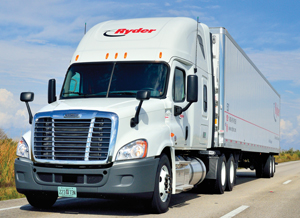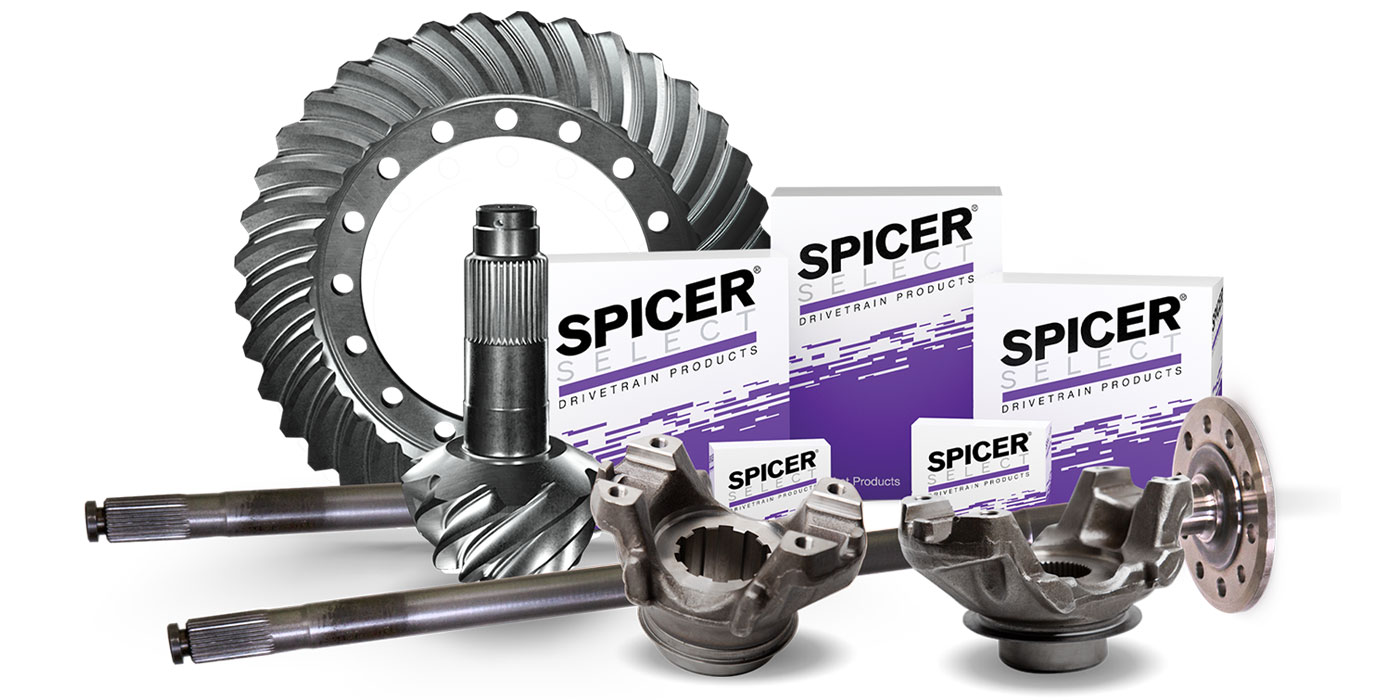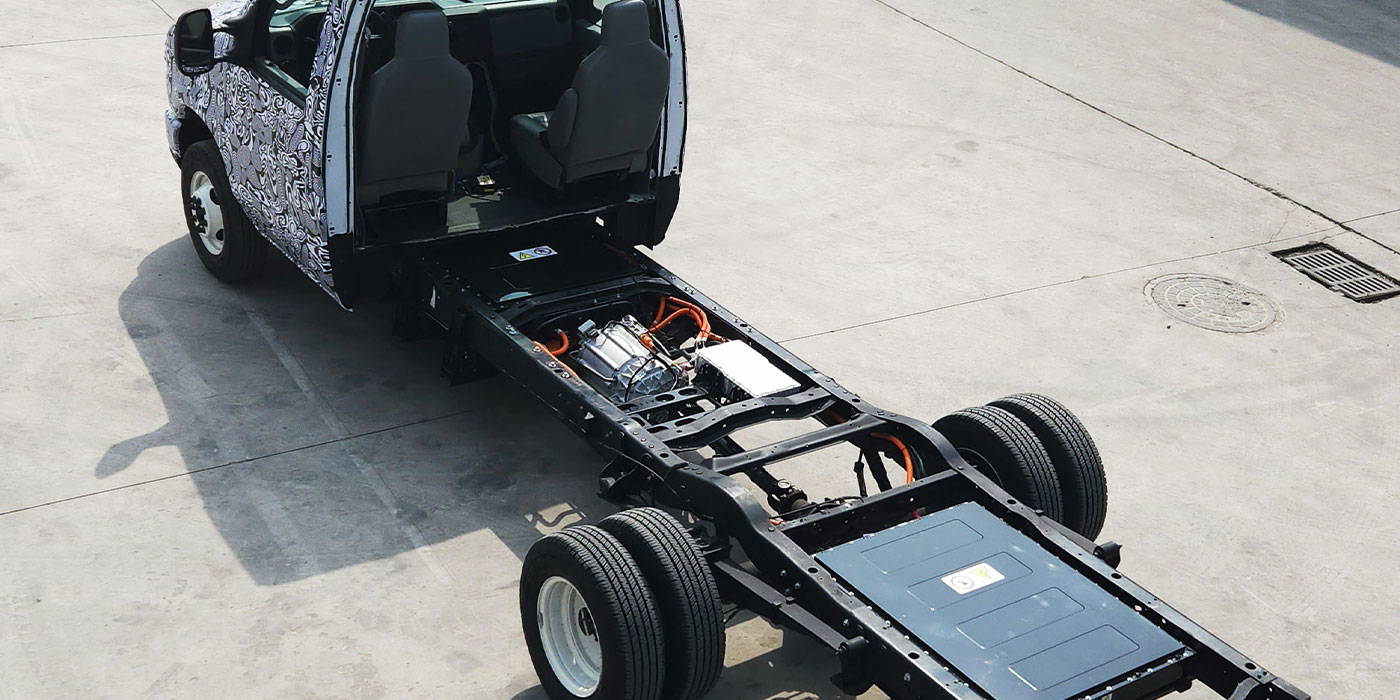"As emissions regulations tighten, we have to look at other places in the vehicle to deliver fuel economy gains," said Aaron Peterson, chief engineer of vehicle performance engineering at Navistar. "The drivetrain is one of the most obvious targets. It consumes about 20% of the energy that is required to move the freight down the road. There’s definitely a significant shift in the marketplace toward automated manual transmissions."

Art Trahan, senior manager of technical support and the maintenance department for Ryder Systems, said, “The pressure on us to deliver a fuel-efficient vehicle is increasing as fuel costs go up. Our customers are putting more and more pressure on us to engineer a vehicle that will meet their demands and yet be fuel-efficient. And that pressure is coming from all segments of the market. P&D operators were normally more interested in the size of the vehicle and keeping under the CDL requirements. They, however, are now part of the segment that is concerned with fuel economy. In the past, over-the-road operators took the lead in fuel economy. Now, our customers in P&D are also very concerned.”
And the increased use of automated transmissions is only one change taking place as fleets try to maximize the expected fuel economy performance of the vehicles they’re spec’ing. There also is a move away from overdrive transmissions in favor of direct drive models, an increased use of lightweight drivetrain components, as well as wide-base single tires and out-of-the-ordinary rear axle configurations.
Back to direct drives
For some operators, a move away from overdrive gear boxes is desirable to eliminate the energy loss as power is transmitted through the extra gear in an overdrive design when the vehicle is in top gear. For example, Trahan said, “We’ve recently switched over to direct drive transmissions. We looked very closely at that when Eaton came to us and told us we could pick up some fuel economy. We did some testing, and we found we could pick up about a 1% improvement in fuel economy by getting rid of the overdrive transmission and the gear turn you have through the transmission in top gear. In doing so, we’ve had to look very closely at rear ends and drive shafts. We have to make sure the drive shaft is capable of transmitting the torque and that the axle ratio is correct for the ground speed at which the customer wants to operate.”
The use of a direct drive, of course, is application specific. If you’re hauling a lot of weight in hilly terrain and need extra startability and gradeability, direct drives may not be an option, but if you’re running in the plains, the use of direct drives may be opened up to you because of the availability of faster axle ratios. Navistar’s Peterson said, “We’re seeing axle manufacturers coming out with axles capable of higher torque and adding low numerical ratios in them. This allows us to get back into some direct drive applications, which is something we also see growing in popularity.”
Meritor, for example, recently introduced its 14X tandem drive axle with a 2.47:1 ratio. One of the early users of this new axle, Tim Tipps, vice president of maintenance at Big G Express of Shelbyville, Tenn., said, “When we were looking to lower our engine RPMs at cruise speed with direct transmissions, the 14X with the 2.47:1 ratio brought our engine RPMs into the economy range we needed. Durability has been excellent, and the extra boost in MPG has saved us money.” In addition to the fast ratio, also of interest for fuel economy-minded fleets is the manufacturer’s claim that the 14X is “the lightest axle in its class.”
How about automation?
T.J. Reed, director of product marketing at Freightliner Trucks, said, “Automated manual transmissions are often desirable because the driver’s right foot is definitely going to have a huge impact in fuel economy. Anything you can do to make a shift sequence more efficient is going to help fuel economy.” Automated transmissions generally will not do too much to improve the fuel economy of a good driver, but they will make average drivers a lot better.
And transmission manufacturers are continually improving their products by adding new technology to make them more appealing to the market. Erik Johnson, on-highway market manager at Kenworth, said, “We’re seeing a gradual shift to automated transmissions that utilize some newer technologies, making them more efficient. For example, they may include progressive shifting capabilities and gear down protection so drivers can’t run at high RPM, which burns fuel.”
Are tandems necessary?
Europe has been living with high priced fuel for years and has utilized 6×2 or even 4×2 configurations in over-the-road applications as part of its solution to the problem. Some U.S. fleets are beginning to follow suit. Navistar’s Peterson said, “We’re seeing some fleets moving into the 6×2 configuration in most segments of the market, mostly in light load applications. The line haul guys are becoming more and more tolerant of the configuration. Fleets in the southern tier of the country are more inclined than those who run the mountains or in snow and ice. A 6×2 will offer ¼ to ½ MPG improvement when compared to a 6×4.”
Freightliner also reports an increase in fleets specifying 6×2 drive configurations. In this case it is mostly by operators like bulk haulers looking for extreme weight savings. Remember, however, that lightweight usually has a price tag on it. Spec’ing lightweight components simply for lightweight’s sake is a waste of money. There must be a payback, either as an ongoing cost benefit in your operation or when it comes time to dispose of the vehicle.
At the end of the drivetrain
For over-the-road operators, fuel efficient tires have become the standard. There is, however, a growing acceptance of wide-base single configurations. Kenworth’s Johnson said, “Approximately 20% of our on-highway trucks are going out with super singles. As tire technology improves, it is expected that these super single tires will be more accepted. The weight savings and/or fuel economy savings that an operator gets with super singles compared to duals is significant enough that people will move to them more and more. This change applies to any truck that gets onto the freeway—sleepers as well as day cabs that get up to speed on the highway.”
The best performing truck is one that is spec’ed correctly for the application, and the right specs do not come without some homework. Get the facts. A bad assumption can result in poor performing vehicles. And that applies to every system on the truck, not simply drivetrain components. Ask drivers what will help them do their jobs better. Ask maintenance technicians what works best in the shop. Check maintenance records to see exactly what is costing you the most money and make a change to minimize that cost.
When it comes to the drivetrain, utilize the computerized programs developed by and available at your engine sales locations. Kenworth’s Johnson said, “We’re seeing fleet managers taking more time to spec fuel efficiency into trucks. Manufacturers have computerized programs, which help fleet managers select the various parameters of the drivetrain. Give us information so we can help you decide the most efficient spec for your operation. For many vocational applications in which fuel economy never really entered into the equation, it now has entered in. It may be down on the list, but in the past it was rarely considered compared to over-the-road operators. If you’re hauling a 53-ft. reefer, fuel economy is going to be near the top of a wish list. If you’re running dump trucks, it might be near the bottom, but it’s going to be on the list.”
Maintenance certainly is necessary to keep drivetrain components working properly. Manufacturers send their products out the door with synthetic lubricants. Keep using them. They’ll give you good fuel economy and long component life. Check and adjust driveline angles. Darry Stuart, president and CEO of DWS Fleet Management Services, said, “Driveline angularity today is more important than ever, especially with new air ride suspensions. I believe the correct height should be decaled on every truck so technicians can know exactly what it’s supposed to be.”
The message to fleet managers is to do your homework. Know your operation and ask about the availability of fuel saving specs or products. Evaluate the cost vs. benefits they offer. Don’t simply tell your salesman, “Give me what I have always spec’ed!”




